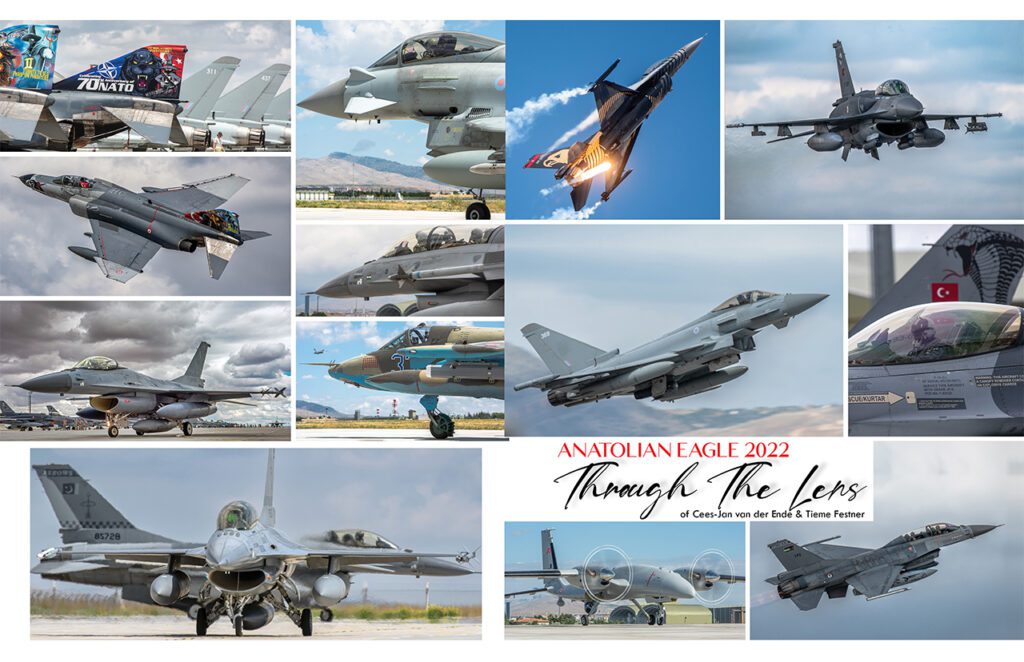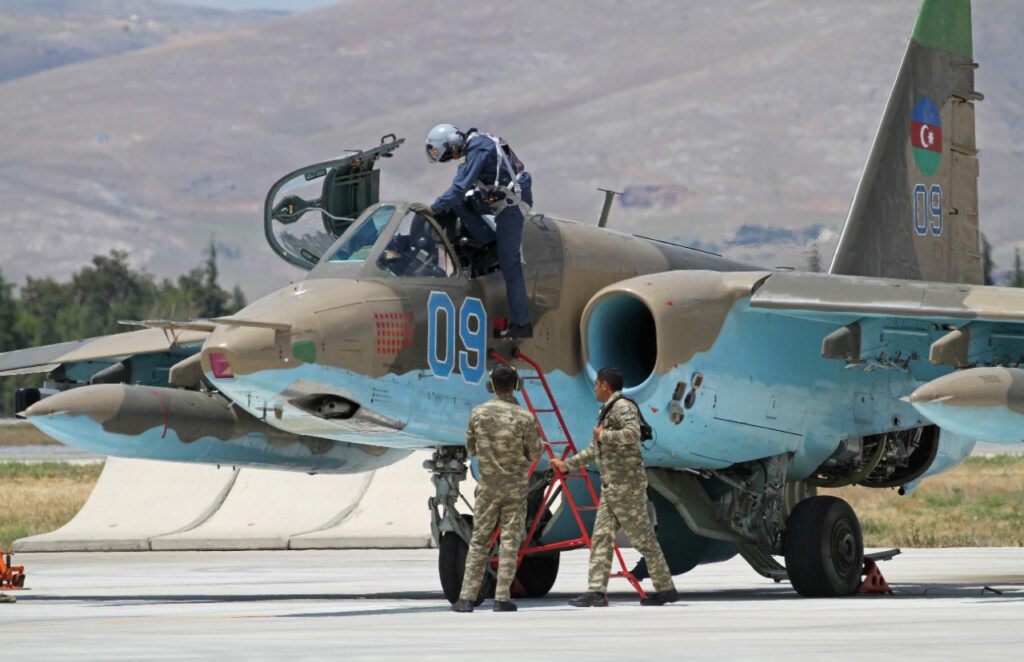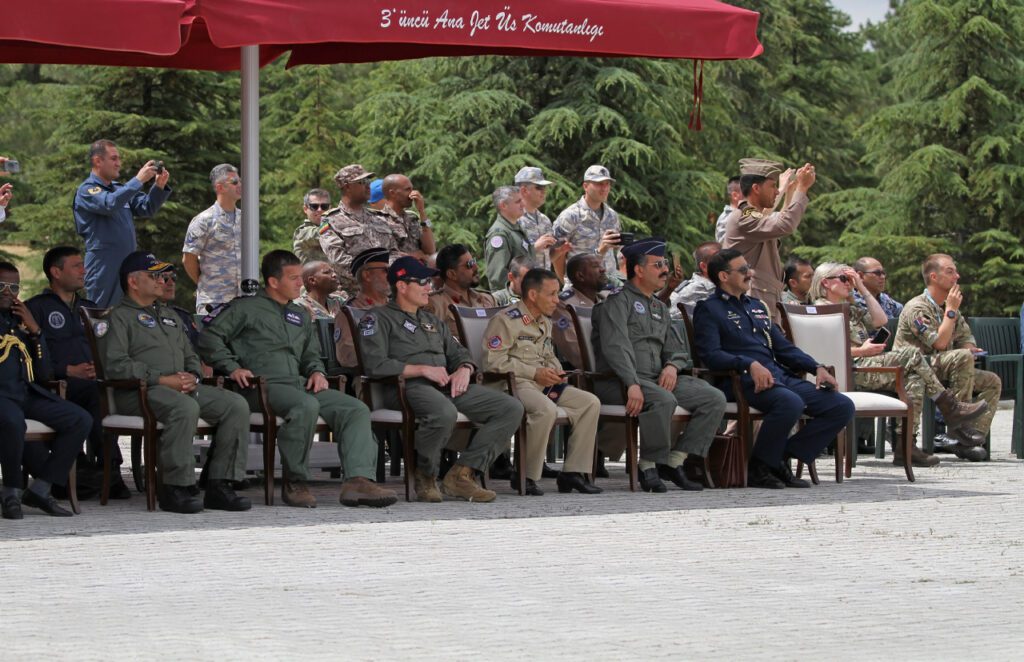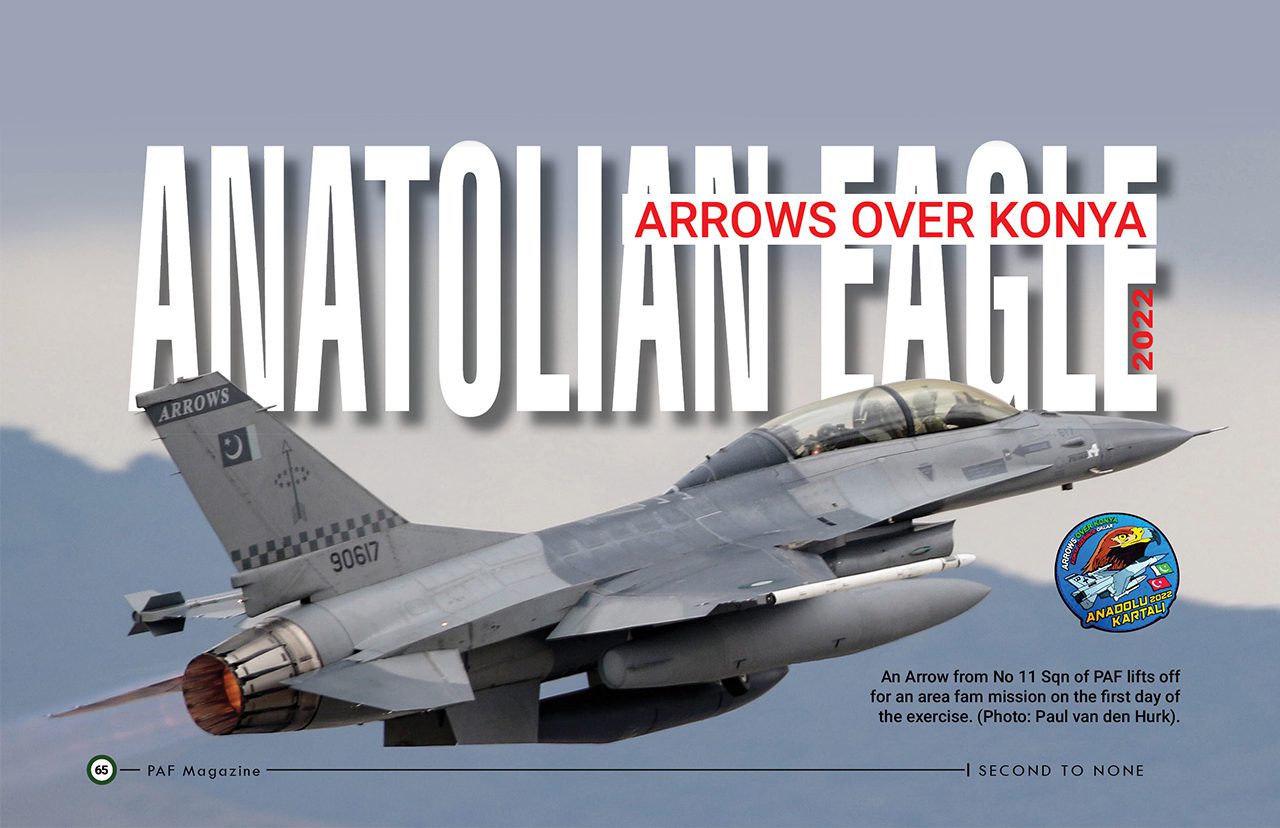International exercises are held between host countries and allies to boost learning, share information and improve using accurate simulations of real-world military operations. Turkey’s Anatolian Eagle is all about increasing the operational skill level of the participating pilots and defence personnel using realistic, wartime scenarios. Ever since 2001, the year that the TuAF conducted its first Anatolian Eagle exercise, many foreign air forces have participated in the exercises held at Konya Air Base. The latest iteration of this ambitious military air operation was held once again at Konya, lasting from 20 June to 1 July 2022.
The Turkish Air Force organizes an impressive number of four Anatolian Eagle exercises throughout the year. Two Anatolian Eagle exercises are exclusively for the local Turkish Air Force squadrons. The ‘Anatolian Phoenix’ exercise is a Search and Rescue exercise with a relatively small contingent of fighters, but the stars of the show are the participating helicopters. The International Anatolian Eagle exercise, over the years, has become a vital experience for the TuAF pilots and personal. Fifteen foreign air forces have been invited through the years and most of those forces return to the auspicious event frequently.

A total of 46 Anatolian Eagle trainings have been organized, with 37,329 military personnel invited, a whopping 3055 aircraft has participated in the event, with 25,173 sorties flown over the years. This year the participating countries included Pakistan, Azerbaijan, Jordan, and the United Kingdom. A substantial number of observers also join the exercise every year. This year the observers flew in from Macedonia, Malaysia, South Africa, Bulgaria and Oman.
The deployment of the fighter aircraft and cargo to Konya was initiated on 13 June and was completed on 15 June. The Pakistan F-16s from No 11 Squadron landed at Konya on the 16 June. One of the aircraft, the F-16B MLU 606, proudly donned a kill-marking in the form of a little Indian flag. This aircraft had the honour of flying during “Operation Swift Retort” and destroying an Indian SU-30MKI. Besides this victory marking, all the participating F-16s had their markings on the nose, which stated ‘TopGunX4’. Top Gun is an annual squadron-level war exercise conducted by the Pakistan Air Force. No 11 Sqn ‘Arrows’ have won this competition four times in a row. Support for the Fighting Falcon deployment was undertaken by an IL-78 from No 10 Sqn ‘Bulls’ and one C-130 E from No 6 Sqn.
The Azerbaijan Air Force was supposed to be participating with two Mig-29’s and two SU-25’s, but owing to operational circumstances, the Migs were cancelled. The support for this deployment was undertaken by the Turkish Air Force. The Royal Air Force participated only in the second week of the exercise. Four Typhoon aircraft from No 3 Sqn were forward deployed to Konya, while the remaining squadron is in Romania because of the Ukraine /Russia conflict. Another nation that sends aircraft to Anatolian Eagle regularly is Jordan.
Three F-16s, one F-16AM and two F-16BM, coming from No 1 Sqn were parked at the far end of the Anatolian Eagle ramp. The long-awaited debut for the Anatolian Eagle exercise started with the participation of the Bayraktar Akinci. This Turkish-built and designed High Altitude Long Endurance (HALE) Unmanned Combat Aerial Vehicle is manufactured by the Turkish company Baykar. It was flying continuously at 15000 feet for at least 4.5 hours during one of the exercise days, an impressive flight under any circumstances.
For the first time in the history of the Anatolian Eagle exercise, the NATO surveillance and control unit DARS, Deployable Air Control Centre, was deployed to support the Turkish Air Force. DARS is linked to the Turkish control network and provided control of fighter operations, which was part of the exercise Ramstein Dust-II/2022.

On 16 June, some Mass Briefings were organized and followed by a welcome party. The day after, Familiarization or FAM flights took place. The week after, the real flying began with a morning wave (Eagle 1), followed by an afternoon wave (Eagle 2). During the first week of the exercise, the participants do not fly any CAMAO’s (Combined Military Air Operations). On 22 and 23 June, as the Eagle 1 morning mission, the participants flew ASFAO’s (Anti Surface Force Air Operations). The Turkish Navy also took part in the exercise, with two frigates connected to the ASFAO mission. On Friday, the end of the first week, the exercise ended with only a morning mission. During the second week of the exercise, the scope expanded and the Blue Forces flew Combined Air Operations (CAMAO) against the opposing Red Force.
The Red Force had to protect tactical and strategic targets, positioned in a ‘Red Land’, which had to be eliminated by the Blue Force. These were protected by GBAD (Ground Based Air Defence) systems like Surface to Air Missile Sites (SAM). The Red Forces used their fighter aircraft to simulate aggressor tactics. Through the exercise, the threat level was gradually increased to give the participants a more realistic training. The White Headquarters, which is the brain of the Anatolian Eagle, is where the training missions are planned and studies are carried out. The Command Control Centre (CCC) is monitoring and observing all missions in real time. They have the location, position, and flight information of all participating aircraft which are communicating with a Real Time Monitoring ACMI (Air Combat Manoeuvring Instrumentation).
The exercise airspace area was 180 NM by 215 NM. Aircraft can use this airspace up until 50,000 feet. For Maritime Operations, they reserved 140 NM by 75 NM airspace. In the second week, a DV Day is organized which gives high-ranked military personnel from several countries a chance to take a closer look at the exercise. During this day, the Turkish Air Force thrilled attendees with a demonstration of the world-famous ‘Solo Turk’ F-16. The last day of the exercise, 1 July, a Mass Brief was organized, followed by the re-deployments of the participating aircraft and personnel.
The Anatolian Eagle is a training centre that provides aviation joint training to Turkish and allied armed forces personnel with the most realistic live-simulation of the operational environment. A laboratory in which needs are determined and solutions are developed to solve continuously-updated scenarios and missions with modern technology. The Anatolian Eagle has been and will continue to be a very productive military exercise for the years to come.









